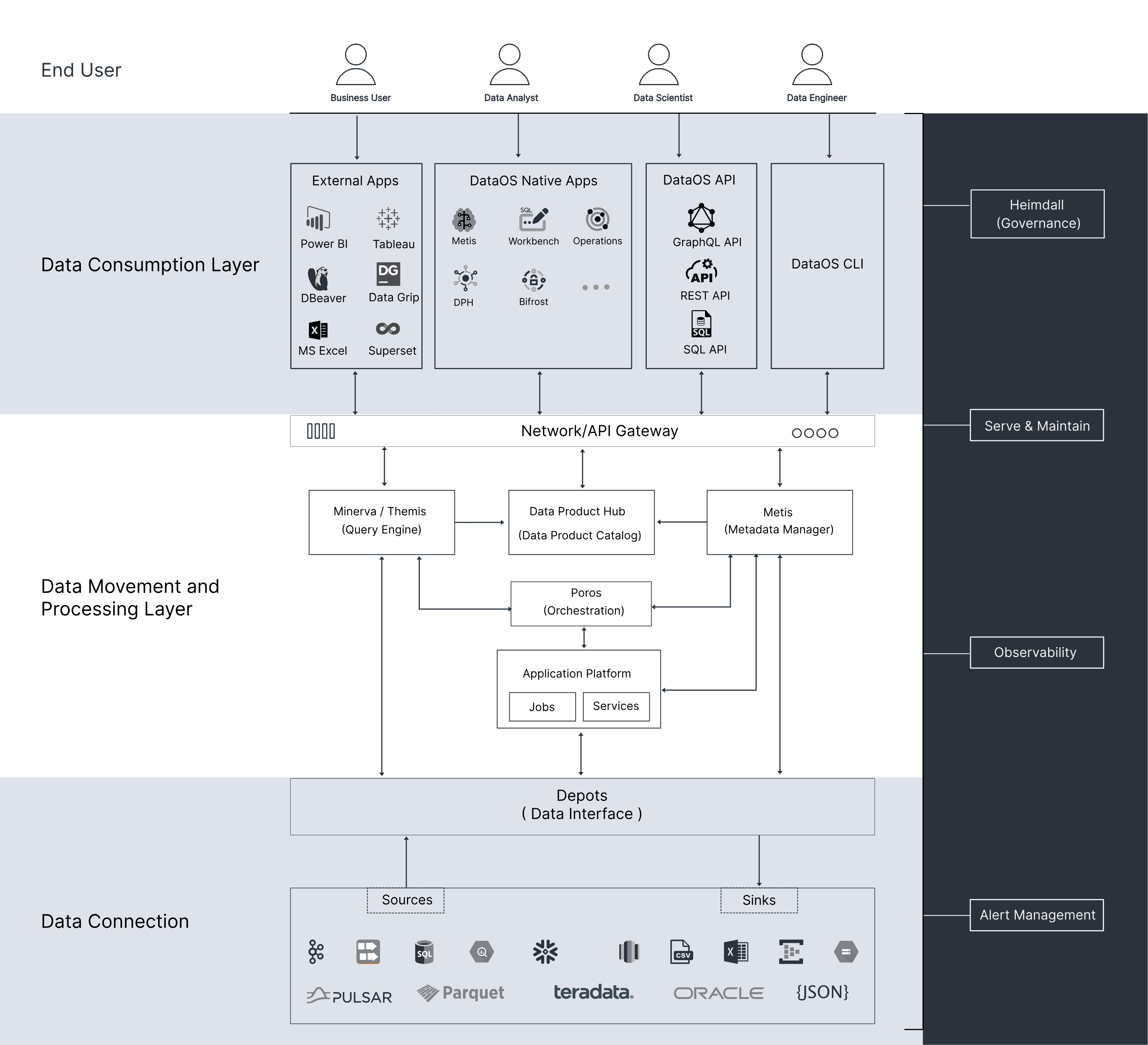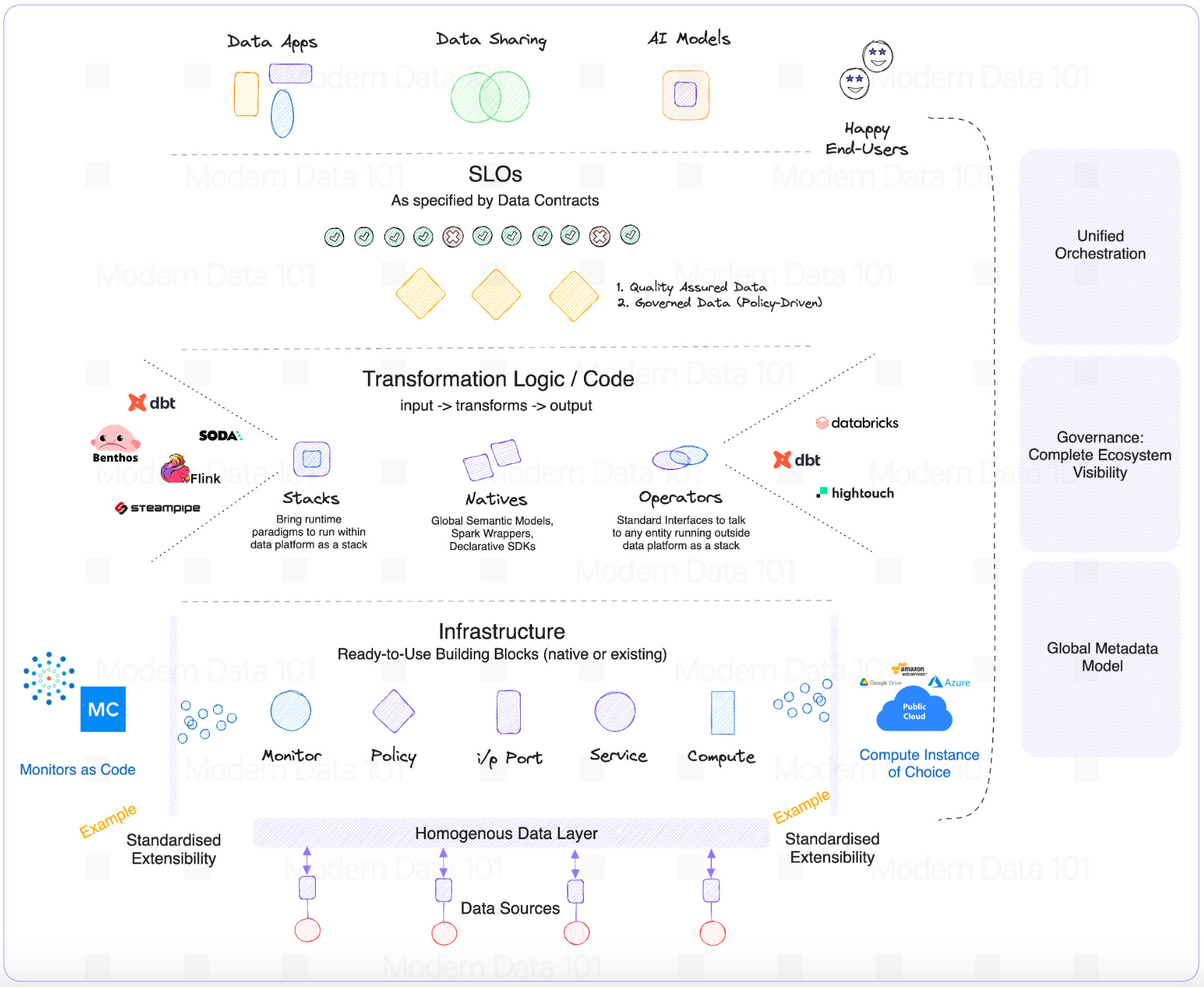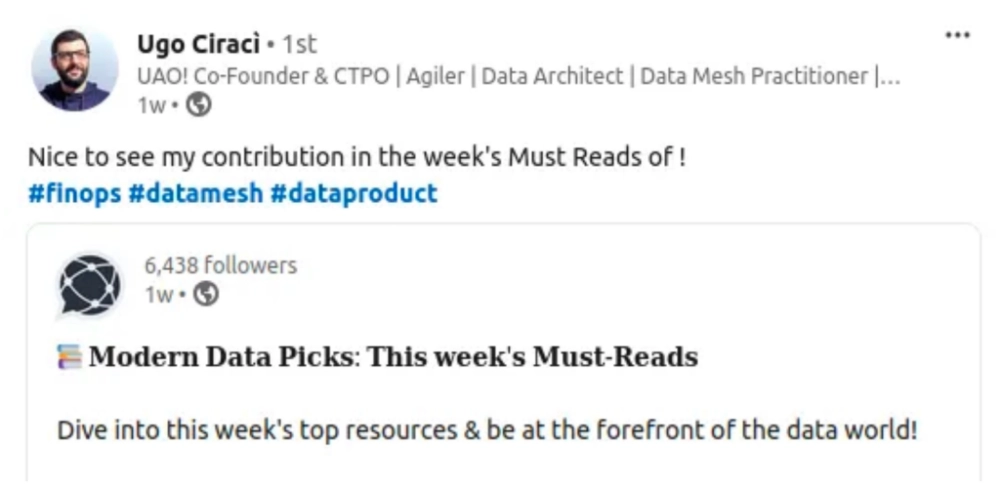
TL;DR
Introduction: The Urgent Need for Data Product Platforms
The rising volume of data is a floating problem for most organisations today, and most teams are still tethered to outdated pipelines and siloed analytics approaches. These systems can’t keep up with the demands of real-time insights, reusable data products, or cross-functional collaboration.
Recent research from IDC, commissioned by Seagate, reveals that roughly 68% of enterprise data remains unused, meaning only about one-third is ever put to work. This isn’t a data-quality issue, it’s a platform and process issue.
Often, these centralised platforms and legacy data pipelines struggle to keep pace with digital transformation and the volume of data generated. A significant reason for this is that they were developed for a different time, when Business Intelligence dashboards and reports were the endpoints of any focused initiative.
This is where data product platforms are now gaining momentum, offering purpose-built solution for making data accessible, governed, modular, and reusable across teams. Unlike legacy BI stacks, it enables data to be engineered, catalogued, and delivered as products, complete with quality assurance, lineage, and consumption contracts.
This shift isn’t just technical, it’s operational. The data-as-a-product approach gives teams the speed, trust, and structure needed to drive value continuously.
The result? A modern, scalable data foundation that keeps pace with innovation, reduces data waste, and unlocks insights that drive impact.
Data as a Byproduct to Data as a Product: An Impact-Driven Transition
Just like we mentioned above, traditional systems have always treated data as a byproduct, just something extracted from what is a system, cleaned sometimes, and sent into pipelines, which is reflected on the dashboards. If you think beyond these words, you will realise that this is a very reactive approach, where statistics and analytics come up after decisions have been taken. To add to it, they are also disconnected from business outcomes in the process.
For each interaction with information, meaning and shape are two core forces that are involved. Shape refers to the physical structure, the manner in which data is organised and kept. On the other hand, meaning embodies the functional layer responsible for making actual sense of that data.

This increased complexity tears the model we mentioned above apart, making room for a product thinking mindset. Here, modern data teams not just work on generating reports, but they are the creators of domain-aligned, reusable, and outcome-based data products. They create with intent, and it is by no means a reactive process, where there is clarity on users, purposes, and value expectations.
Similar to software products, data products are governed, versioned, and delivered with the right service-level expectations. They are owned by users with a clear understanding and awareness about their domain, and are designed with user needs in mind, such as engineers, analysts, and business thought leaders.
It’s a shift that enables increased accountability, trust, and scalability in data systems. With data product thinking,organisations get to turn data into a capability in itself, where it’s not just an asset, but a real product with measurable impact.
Why Data Teams Struggle Without a Data Product Platform?
Most data teams find themselves struggling in the absence of a data product platform, where these struggles include data debt, fragmented governance, and redundant pipelines. When the architecture is not unified, clear ownership is not defined, integrations are executed abruptly, and scaling dependable data systems becomes a very difficult activity.
Without a structured, platform-oriented approach, teams run into constant data silos, where individual teams give their efforts, but there is a lot of misalignment in terms of business objectives.

The result?
Gaps in data quality, freshness, data discoverability, and lineage make it very difficult to trust and play with data confidently. The ad-hoc nature of it all also hampers the bandwidth of data teams, where a lot of time is wasted on firefighting activities rather than focusing on developing new capabilities to be integrated into existing workflows. This is also where consumers struggle in gaining access to secure, reusable, and well-governed data, leading to a sharp rise in support tickets.
All these issues are taken care of by a data product platform. It smartly embeds standardisation, modularity, as well as observability into the data lifecycle. The platform also combines metadata management, self-service access, governance, and a product thinking approach into a single framework, helping to reduce redundancy, boost data reuse, and accelerate time to value over time.
Core Capabilities of a Modern Data Product Platform
A modern data product platform enabled multiple cross-functional teams to develop and manage usable and scalable data products. The core capabilities within the DDP are designed in a way that aligns with the requirements of different personas.
Composable and Modular Architecture
These platforms support a plug-and-play approach to building data products using standard patterns and reusable components. Developers can compose data pipelines and services by stitching together modular resources, whether they're APIs, storage, transformations, or models, leading to lower cognitive load, faster development cycles, and easier scaling of productized data assets.
Declarative Build and Operational Scalability
By supporting declarative workflows, the DDP reduces the burden of imperative orchestration. Developers have the provision to specify what they want to achieve and the platform handles how to run it efficiently. This abstraction enables scalable operations, allowing teams to handle large data volumes, high concurrency, and complex ML or analytics workflows with minimal toil.
Discoverability and Cataloging
Cataloging is a core service in data product platforms, and not an afterthought. Every data product; whether it’s a dataset, a model, or an API, gets catalogued with rich metadata, usage context, clear ownership, and embedded governance. This ensures that what’s built doesn’t disappear into silos but remains findable, reusable, and trusted. Discoverability shifts from tribal knowledge to platform capability that enables self-serve access across teams and reducing duplication without needing constant coordination.
Granular Security and Governance by Design
Modern data product platforms embed security and governance into the fabric of how data products are built and consumed. Attribute-based access controls (ABAC) allow fine-grained permissioning, enabling secure collaboration across teams and domains. Governance is not an afterthought; it is embedded into access policies, lineage tracking, and auditability from day one.
These core capabilities constitute a shared operational layer for supporting modular, secure, and prod-ready data products. This eliminates the gap between engineers, developers, and stewards in a single and cohesive platform.
Business Value of Adopting a Data Product Platform
Adopting a data product platform is not just any basic technical upgrade, but a significant component of long-term strategy. There are multiple benefits on offer with standardised data creation, management, and consumption:
1. Faster Time-to-Insight
Data products that are discoverable, trustworthy, and ready-to-use allow key stakeholders to access crucial information without too much trouble. This ease speeds up everything from planning to response. It leads to improved data ROI by cutting down time lost due to friction within the process.
2. Data Reuse and Standardisation
A data product platform is also a staunch promoter of data reuse, minimising duplication in the process. When a consistent approach is applied to the development of data products and then shared across various domains, it proves helpful to teams in discovering more about pipelines, cutting down a lot of rework and ensuring better overall efficiency.
3. Improved Compliance and Reduced Risk
A data product platform comes with built-in observability, a set of data product KPIs, as well as governance mechanisms in place that promote data trust, enable compliance, and cut down operational risks, more so in the case of regulated industries.
4. Better Alignment Between Data Teams and Business Units
Among the most critical business value benefits of a data product platform is exceptional alignment between business units and data teams. With clearly-defined ownership, aligned goals, as well as shared metrics, this alignment helps in developing a culture where data work is driven by purpose and focused on outcomes.
To sum up this business value, a data product platform becomes more of an enabler than just a decision revolving around infrastructure, where data gets transformed into a trustworthy asset that delivers consistent value across the board.
Choosing the Right Data Product Platform
Choosing the right data product platform is the most significant strategic decision that you will make for your organisation’s long-term growth and success. The right platform is not just a platform for the present; it’s also the future of how your data infrastructure will be. It could be a data mesh, lakehouse, or hybrid model, but everything will depend on the now.
Operationalising data products at scale is a complex activity, and one that presents a big dilemma for organisations: the build vs. buy dilemma.
Building a data product platform from scratch might offer a lot of customised control, but domain teams need to be well-versed with metadata management, infrastructure orchestration, and governance, among others. If the teams are not skilled enough, this can quickly become a point of distraction from the core business objectives. If organisational teams are mature, the Data Developer Platform (DDP) offers a detailed outline that covers everything, from configuration management to access control.
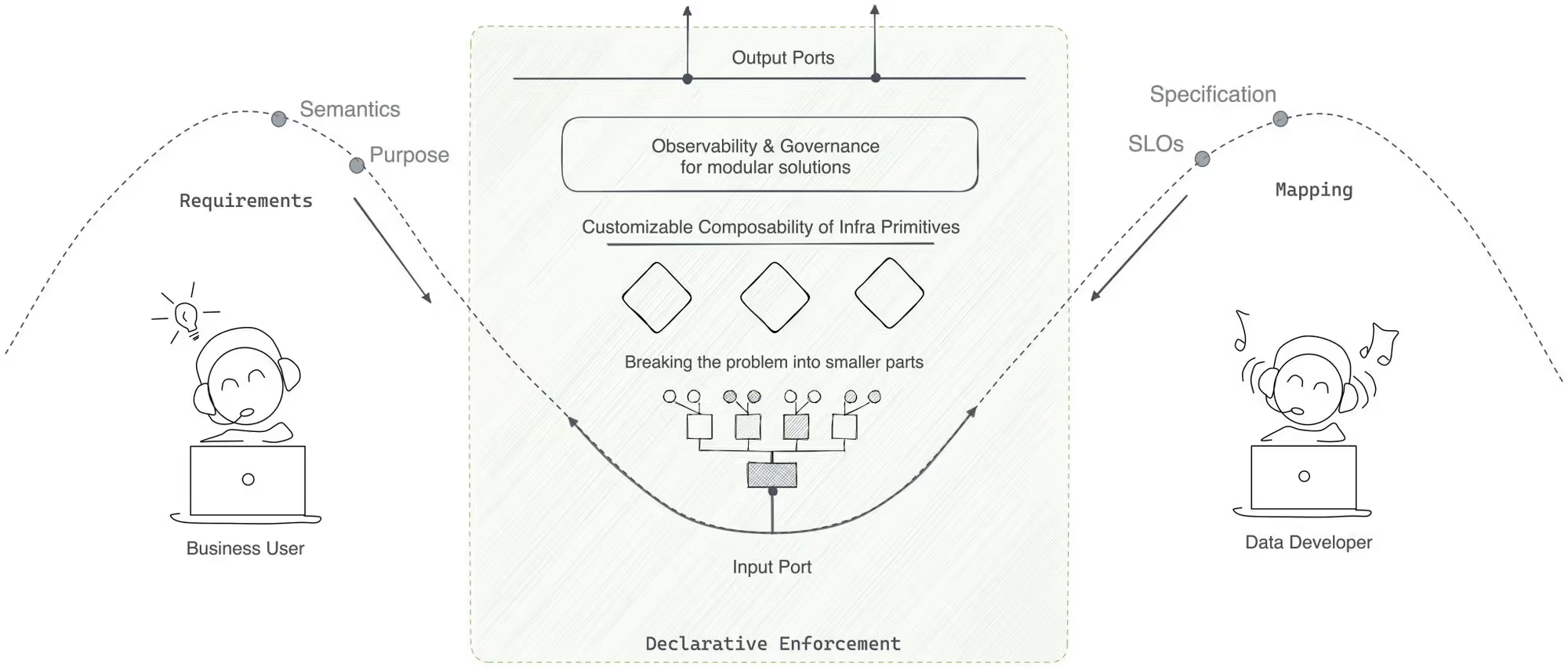
There are a few organisations making a big impact with their data product platforms, which have been highlighted by Gartner in its 2025 Hype Cycle.
- IBM Watson
IBM Watson is a self-service platform that helps data-driven enterprises share, discover, and consume curated data products. Producers can package and publish high-quality data assets with clear descriptions, business context, and recommended usage, making it easy for consumers to find what they need. The platform ensures that data products are accurate, available, and governed by relevant data contracts.
Consumers use the platform to quickly access the right data for their business needs through an intuitive interface. By treating data as a product, the platform drives better collaboration between teams, clearer accountability, and faster reuse, turning siloed assets into discoverable and trusted products that drive real value.
- DataOS by The Modern Data Company
DataOS is an enterprise-grade data operating system that transforms raw data into business-grade, AI-ready data products with the application of various software engineering best practices, such as declarative specs, Git integration, as well as reusable components directly into workflows. The DataOS platform automates various activities such as governance, provisioning, observability, as well as lifecycle management, allowing users to design, build, and scale domain-specific data products.
- K2View
K2View offers a data fabric platform that delivers entity-focused and real-time data management through the creation of a dedicated micro-database for every business entity, such as a customer or a product. The encrypted and compressed micro-databases sync when needed, powered with quick access with APIs, SQL, or streaming. The platform monitors, transforms, and delivers real and trusted data without any delays, ensuring that complex integrations become scalable and secure.
Conclusion: Re-imagining Data Through Product Platforms
As organisations’ reliance on data continues to grow, conventional approaches are found lacking in a lot of areas. Data product platforms offer a clear way forward, one that revolves around principles of trust, scalability, and usability. With this model, it becomes easier for organisations to move to a future-proof data strategy where access, governance, and value delivery are integrated with each other since the very first day.
Data productisation is a tectonic shift, and not just a technical one. It's a line-up to put a comprehensive strategic transformation into effect. If you are struggling with a platform that feels like an inflated and disjointed entity, then assessing its effectiveness becomes essential.
At the end of the day, it’s never about tools, but the intent with which you are looking to create a future backed with data.
Frequently Asked Questions (FAQs)
Q. Why are traditional data architectures no longer suitable for modern data requirements?
Ans: As far as traditional data architectures are concerned, they were built at a time when data was mostly treated as a byproduct, post analysis and reporting. The prime area of focus for these legacy systems was on feeding information to BI dashboards and prepare static reports, without any emphasis on real-time insights and flexible data experiences. Enterprises today demand data that is governed, dynamic, and reusable to enable automation, tailored customer experiences, and cross-domain utility.
This is the gap that modern data products are bridging, with organisations favouring the move, as they offer modularity, value-driven design, and trust, ensuring that data is no longer a ‘thing’ to keep, but an asset that can be activated.
Q. How is a data product platform different from traditional data tooling?
Ans: A data product platform is a purpose-driven system enabling enterprises to create, manage, and scale data as products, rather than managing it as datasets. A data product platform is built around modularity, reusability, and governance, which is unlike traditional data tooling, fragmented with siloed pipelines, unclear ownership, and just reactive maintenance. These platforms enable various personas, such as platform engineers, data developers, as well as governance teams with automated provisioning, streamlined automation, and embedding security by design.
Q. Building their own platform or buying one off the shelf: The Better Approach for Enterprises?
Ans: If you talk about the build vs. buy decision dilemma, it largely depends on an organisation’s team structure, team maturity, and long-term objectives. Building a data platform offers complete customisation and control capabilities but requires large expertise in product lifecycle management, infra orchestration, and metadata governance among others. If the engineering capabilities are really strong, a Data Developer Platform (DDP) can also offer a great roadmap.
On the other hand, if you purchase a platform such as DataOS or K2View, the time-to-value is accelerated, as various features like access control, observability, and real-time data readiness are delivered out-of-the-box.
Join the Global Community of 10K+ Data Product Leaders, Practitioners, and Customers!
Connect with a global community of data experts to share and learn about data products, data platforms, and all things modern data! Subscribe to moderndata101.com for a host of other resources on Data Product management and more!
.avif)
A few highlights from ModernData101.com
📒 A Customisable Copy of the Data Product Playbook ↗️
🎬 Tune in to the Weekly Newsletter from Industry Experts ↗️
♼ Quarterly State of Data Products ↗️
🗞️ A Dedicated Feed for All Things Data ↗️
📖 End-to-End Modules with Actionable Insights ↗️
*Managed by the team at Modern
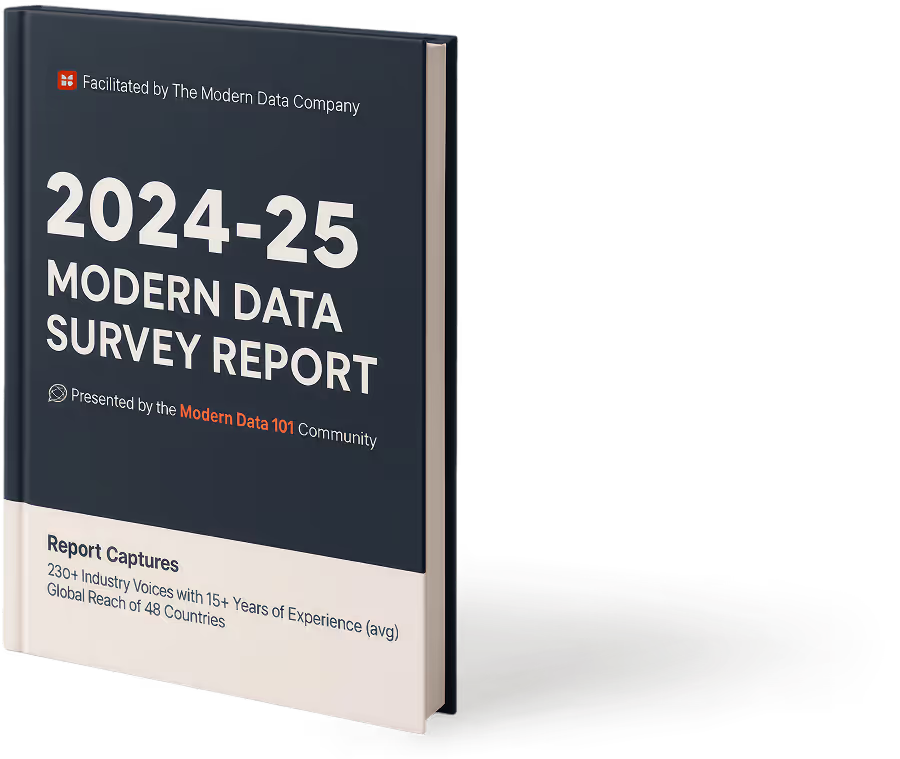
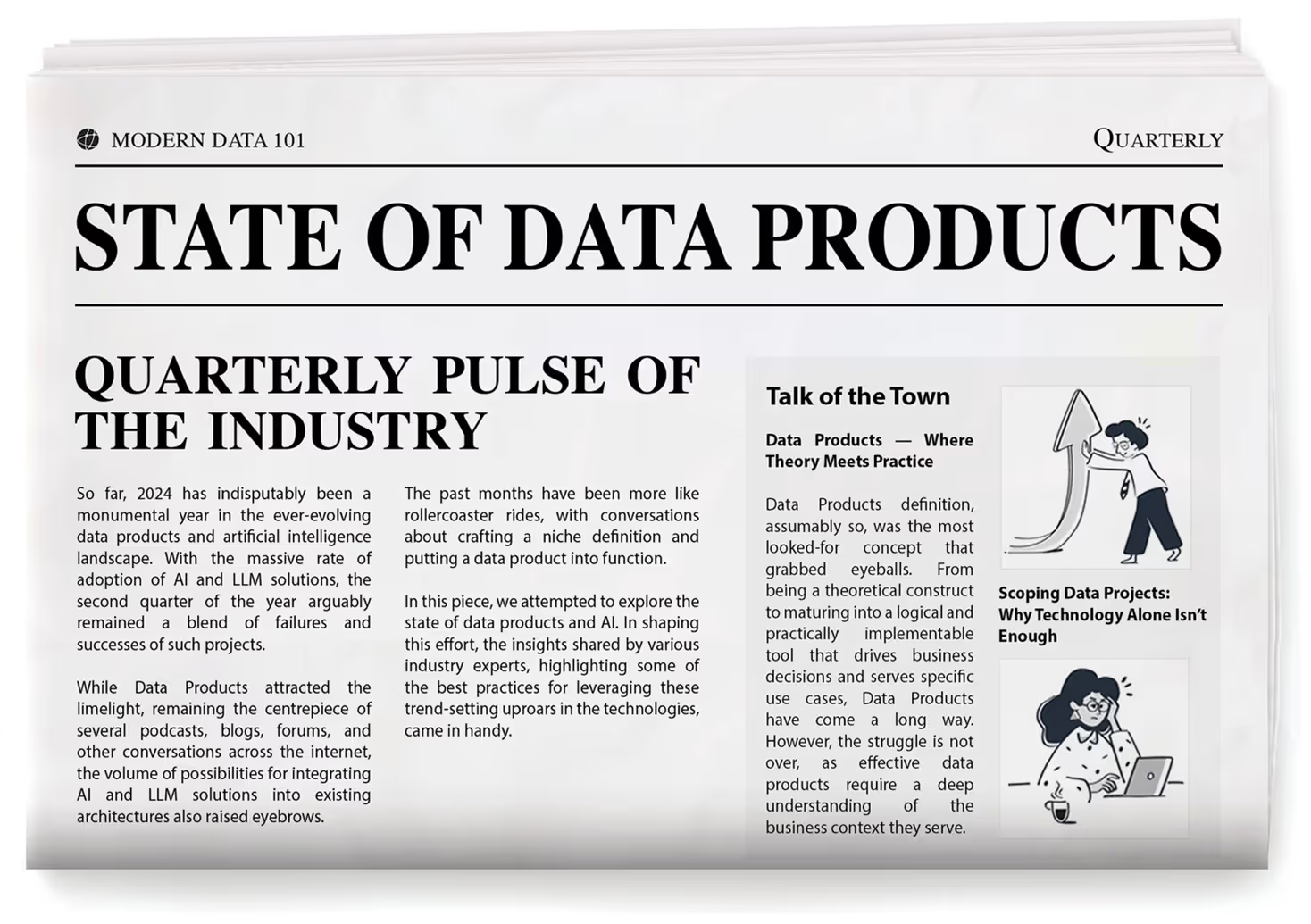

Author Connect 🖋️

Soumadip De

Enabling evidence-based, proactive decisioning for data practitioners through Insights on Data Product Usage and ROI. I live in the world of metrics, and am a proponent of model-first thinking to solve the most pressing problems in data and beyond. I'm also a gluttonous consumer of the philosophy behind products, technology, civilization and culture, alongside being an avid football fan and techno-optimist!

Simran Singh Arora

Enabling evidence-based, proactive decisioning for data practitioners through Insights on Data Product Usage and ROI. I live in the world of metrics, and am a proponent of model-first thinking to solve the most pressing problems in data and beyond. I'm also a gluttonous consumer of the philosophy behind products, technology, civilization and culture, alongside being an avid football fan and techno-optimist!

More about
Why Your Data Team Needs a Data Product Platform Now!
Checkout our

Community resources
and

Related articles


.avif)


